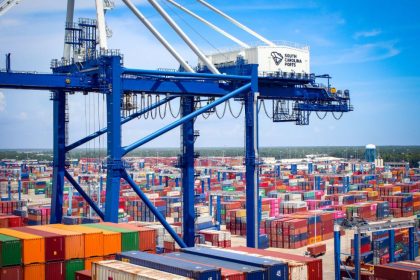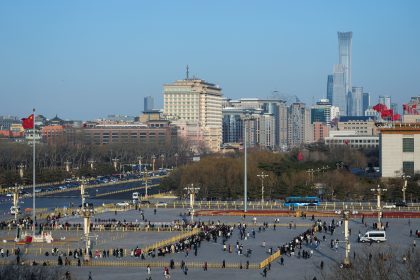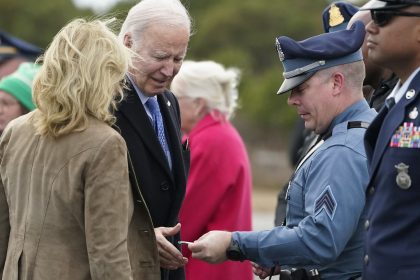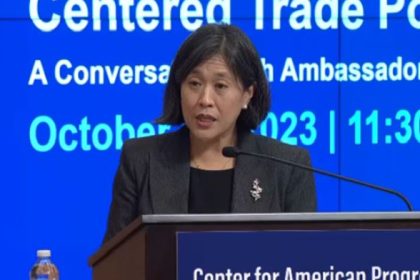First Post-USMCA Challenge: COVID-19 Border Closures
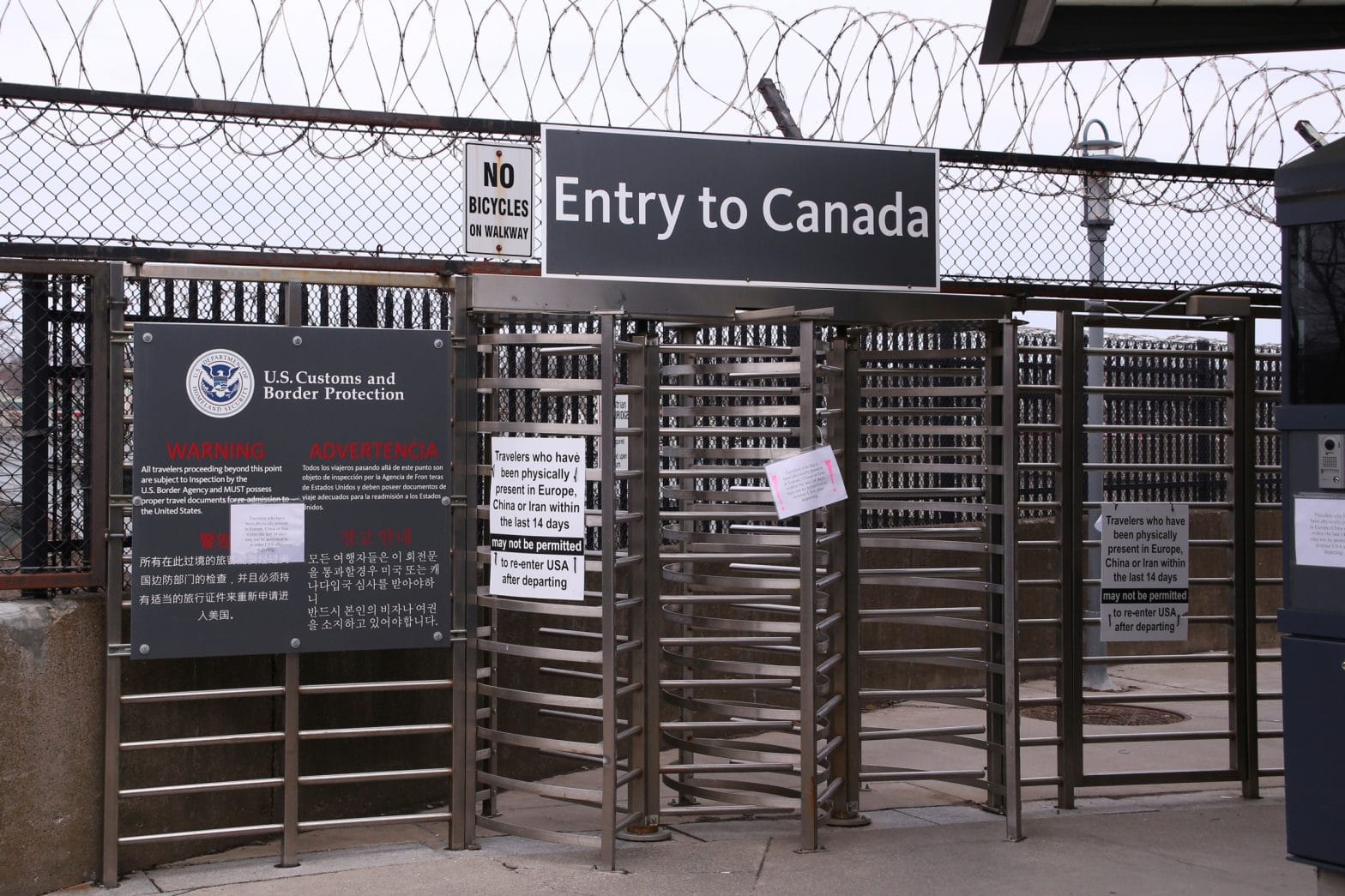
WASHINGTON – The Canada-U.S. border will close to all non-essential travel in both directions Friday night, and officials are set to impose similar restrictions at the U.S. border with Mexico later today.
It was only two months ago President Donald Trump signed the implementing legislation for the USMCA, a trade deal with Canada and Mexico to replace NAFTA, that was agreed to after three years of negotiations with the United States’ North American neighbor and Democrats on Capitol Hill.
As he finally put pen to paper at a White House ceremony on Jan 29, Trump took a victory lap, pointing to the deal as a major campaign promise fulfilled and one that ultimately garnered bipartisan support, after changes to the deal sought by House Democrats.
What a difference two months make.
Since then, the world has been gripped by coronavirus pandemic, prompting an almost unprecedented slowdown in economic and government activity.
On Thursday, the Canadian government said it would be closing its border with the U.S., with Prime Minister Justin Trudeau, himself on self-quarantine, saying it might take “weeks to months” for social-distancing measures in his country to be lifted amid the pandemic.
Later, the White House released a read-out of an earlier call between Trudeau and the president, in which they mutually agreed to reduce movement across the United States-Canada border to essential travel only.
The two leaders also agreed it was important to preserve supply chains and trade, regardless of travel restrictions.
Trudeau said his government is following the advice of health experts and won’t lift restrictions on public activities and movements in Canada until it is safe to do so.
But Canada relies on the U.S. for 75% of its exports and about 18% of American exports go to Canada.
Essential cross-border workers like health-care professionals, airline crews and truck drivers will also be permitted to cross.
“People should not be traveling between Canada and the U.S. and the U.S. and Canada to be tourists or for recreational purposes,” Deputy Prime Minister Chrystia Freeland said after Trudeau spoke.
“Trade, which is essential, will continue,” she continued. “Don’t make discretionary trips and that is what border officials will be enforcing.”
The Canadian Chamber of Commerce immediately threw its support behind the decision, acknowledging that in light of the “escalating COVID-19 crisis” it is “imperative to protect public health.”
But at the same time, it said, “businesses know first-hand the impact of border restrictions on getting the goods and services our country needs to fill grocery store shelves, as well as the impact on exporting abroad.”
Given this reality, it called on the Canadian government “to ensure the most open flow possible across all modes of transportation and to quickly publish detailed guidance for businesses to understand what it means for service providers, business travelers, and those involved in the movement of goods.
“The government will also need to ensure it maintains open lines of communication for businesses to have a resource when they need to understand how today’s announcement applies in their specific situation,” the organization said.
It went on to encourage both the Canadian and American governments to work together at a global level to prevent the proliferation of export restrictions and support the implementation of global standards to permit the continued operation of global air cargo traffic.
In the meantime, U.S. Secretary of State Mike Pompeo has been speaking by phone with Mexico’s Foreign Minister, Marcelo Ebrand, about the “importance of creating a uniform North American strategy . . . and to prioritize continuing essential cross-border commerce and trade,” according to a State Department spokesperson.
It has been estimated that more than $1 billion in goods — an astounding $1 million per minute — crosses the U.S border with Mexico each day.
In a tweet late Thursday, Ebrand said, “I spoke with Secretary Mike Pompeo. I proposed to him that the measures to avoid propagation of COVID-19 did not paralyze economic activity and that the border should continue to be open to commerce and work. I found good willingness. Tomorrow [Friday] I will inform in detail on progress.”
No further details were immediately available from the White House or the Mexican government, but President Andrés Manuel López Obrador is scheduled to hold a news conference Friday with Ebrard in attendance.
For his part, President Trump, who has been pushing for additional funding to build a wall along the U.S.-Mexico border to keep out illegal immigrants, said earlier this week that he is considering invoking a 1944 law that allows him to ban people from entering the U.S. if there is “serious danger” of introducing a contagious disease into the country.
Asked at a White House press briefing, whether he planned to close the southern border with Mexico, Trump said, “No, we’re not going to close it. But we are invoking a certain provision that will allow us great latitude as to what we do.”


















